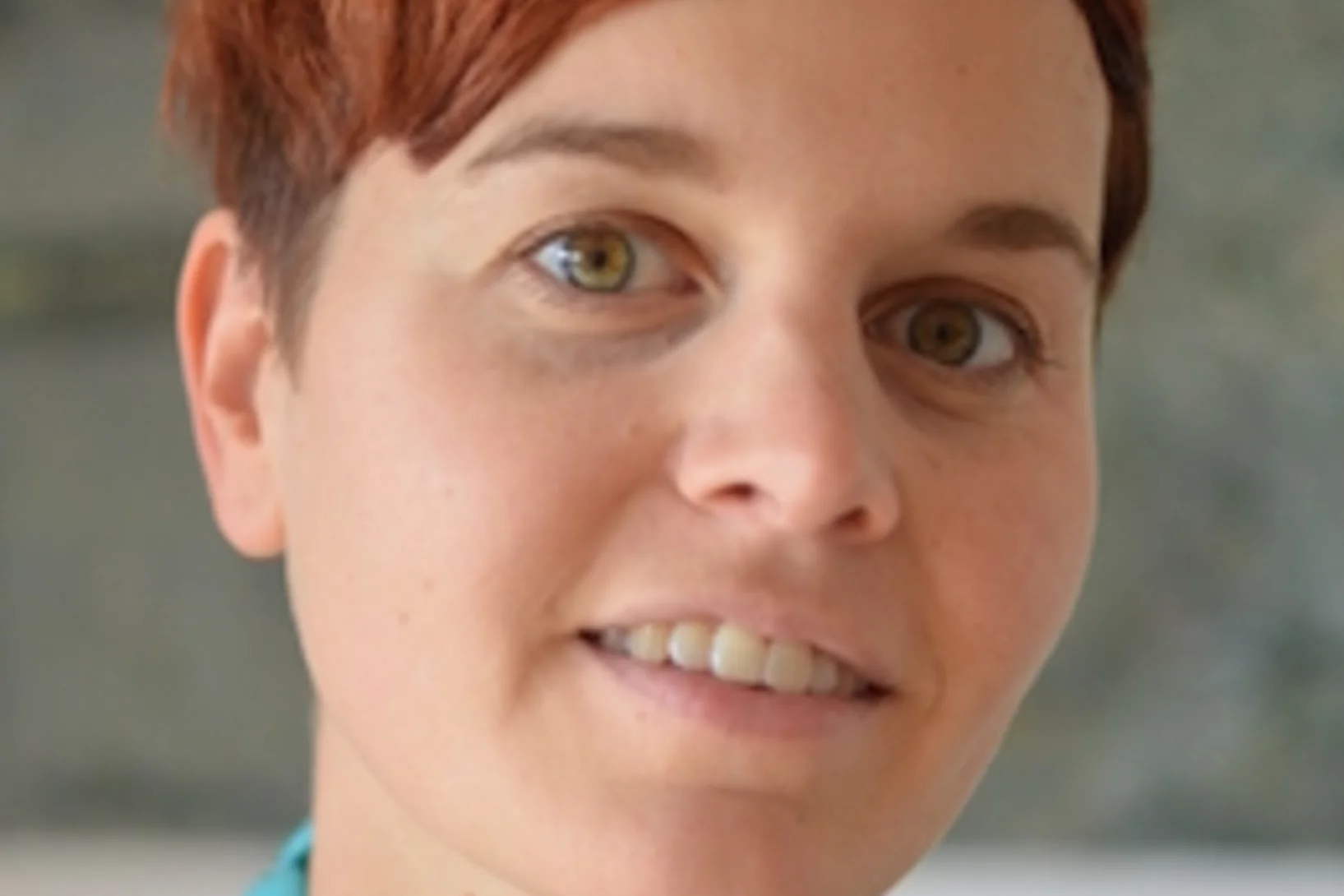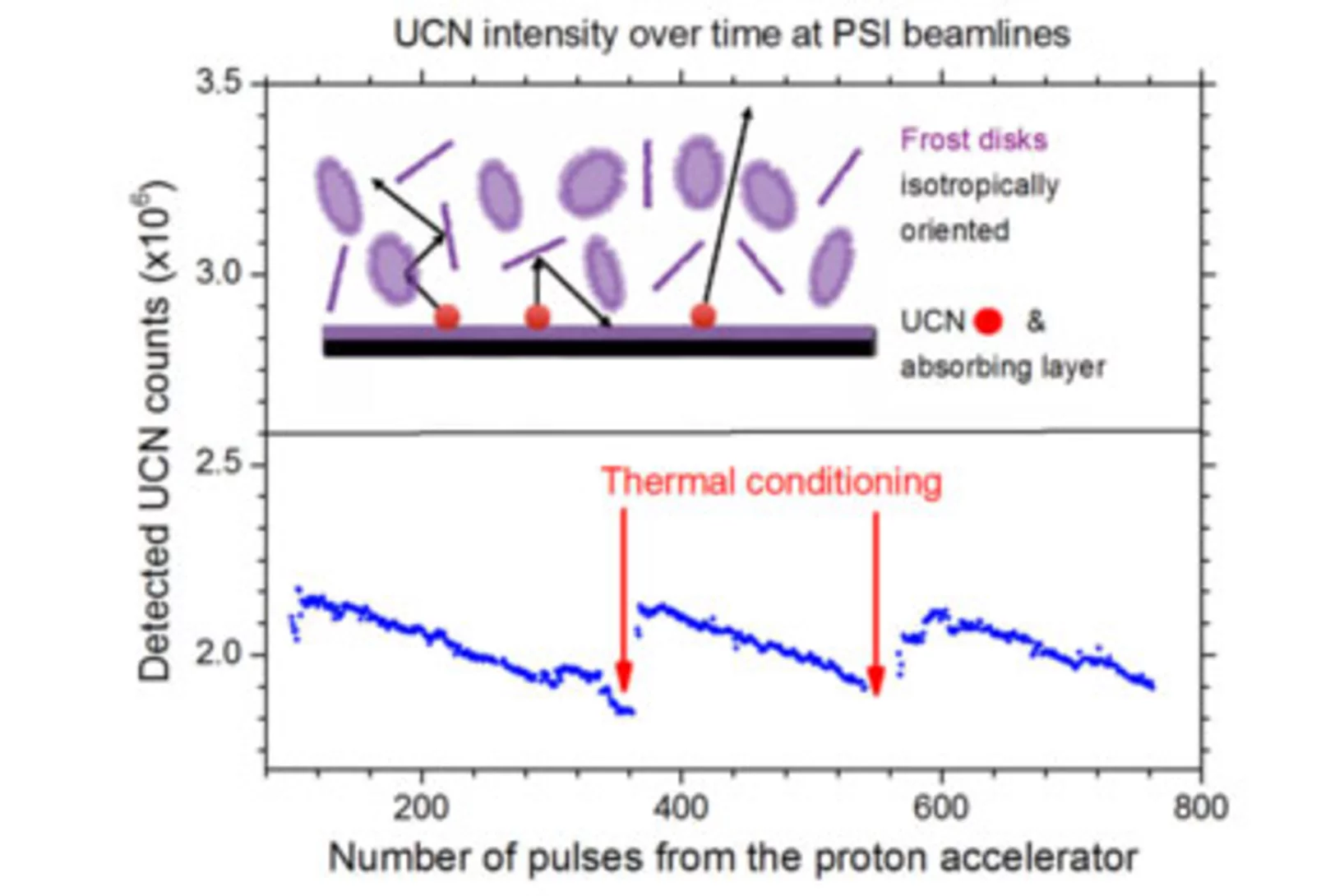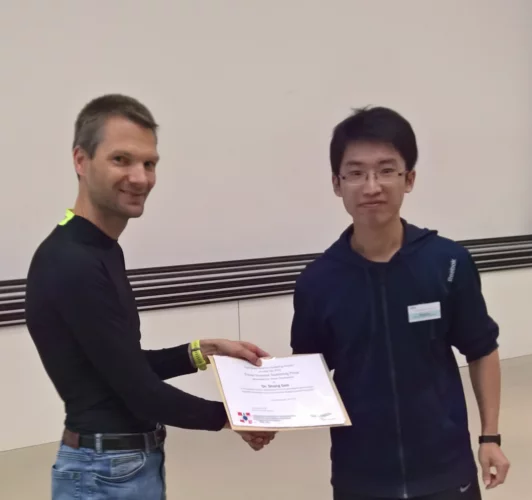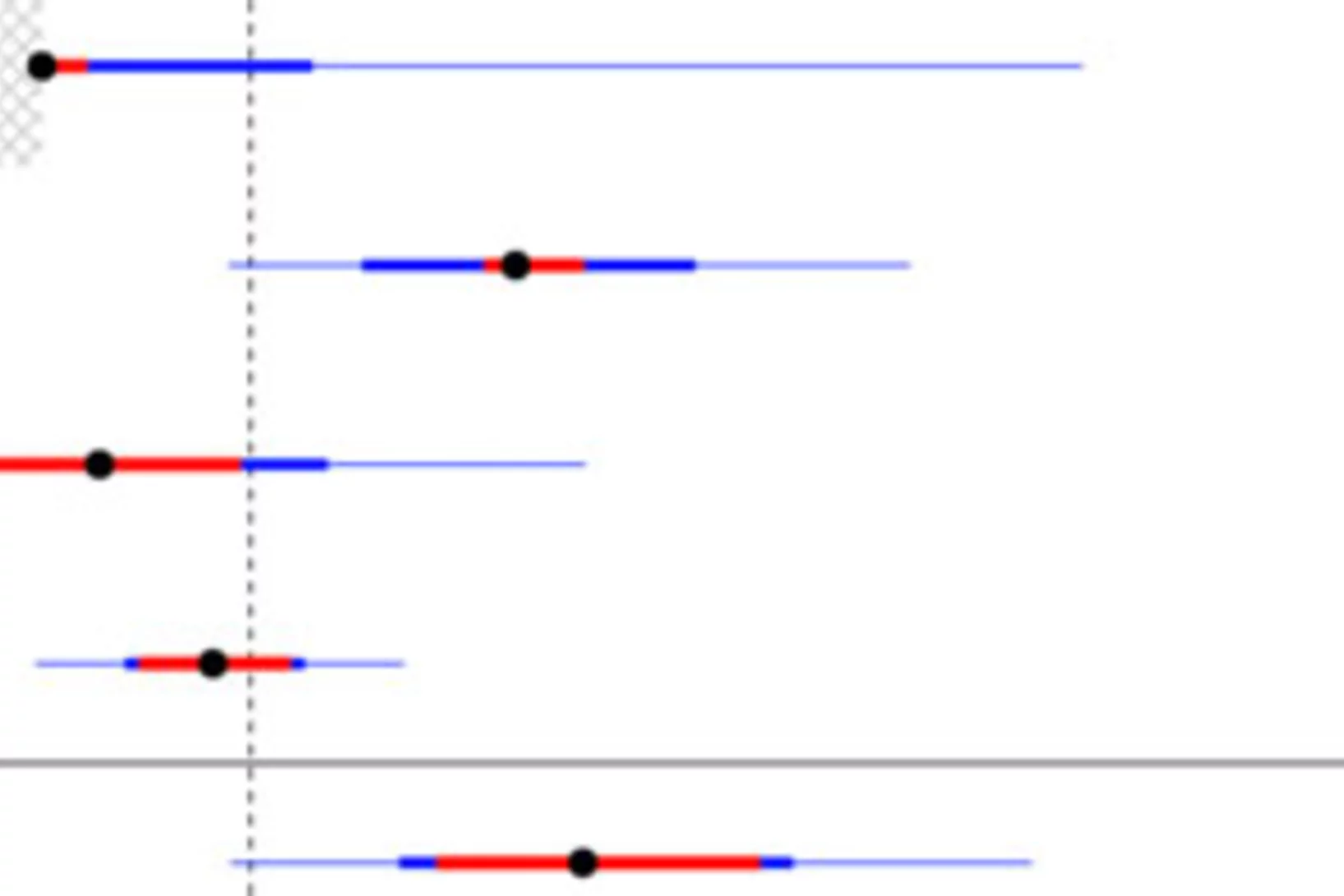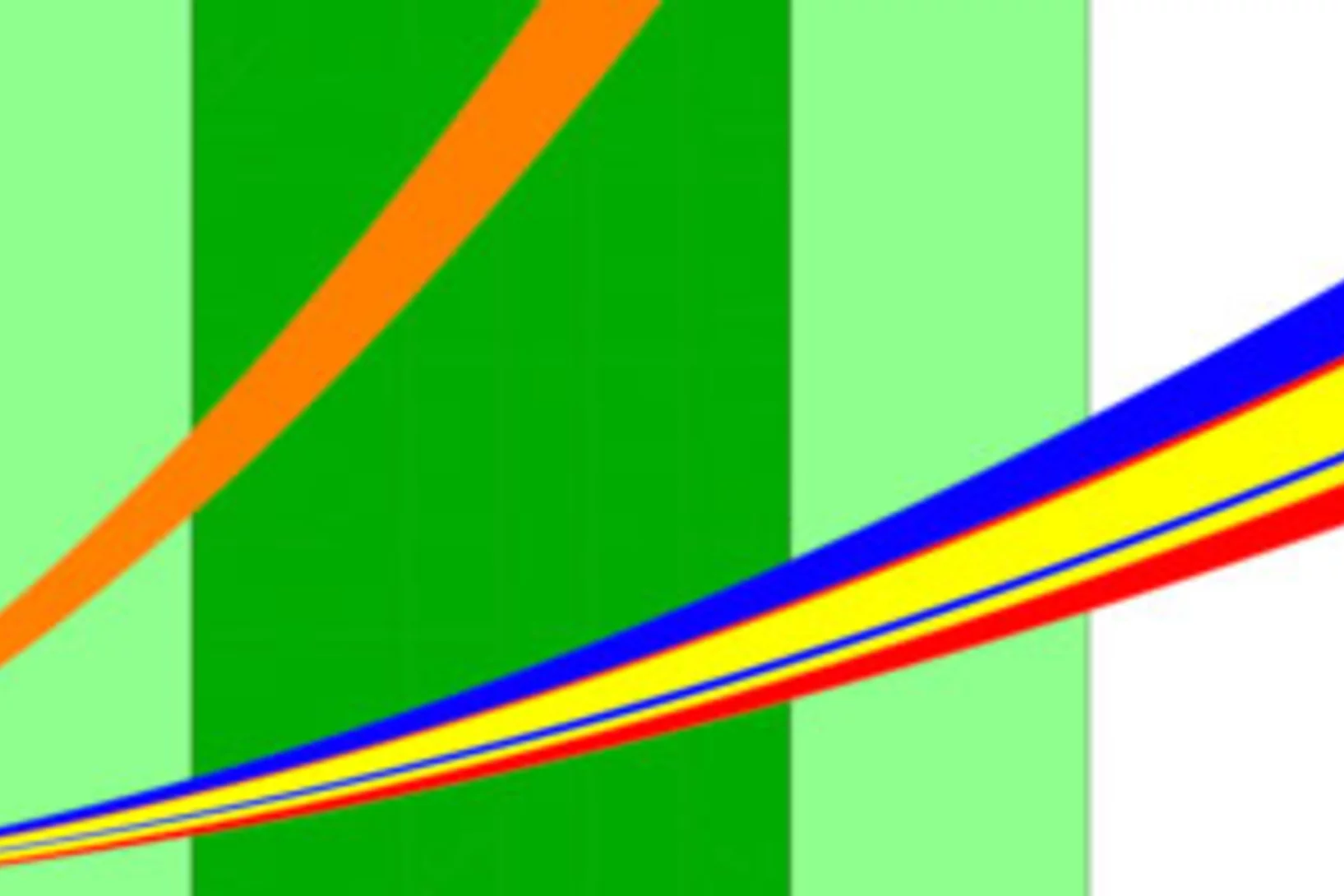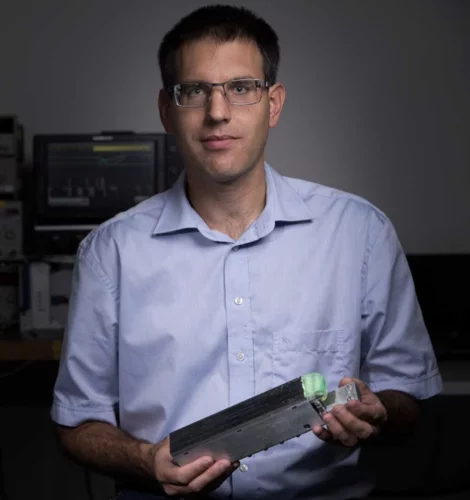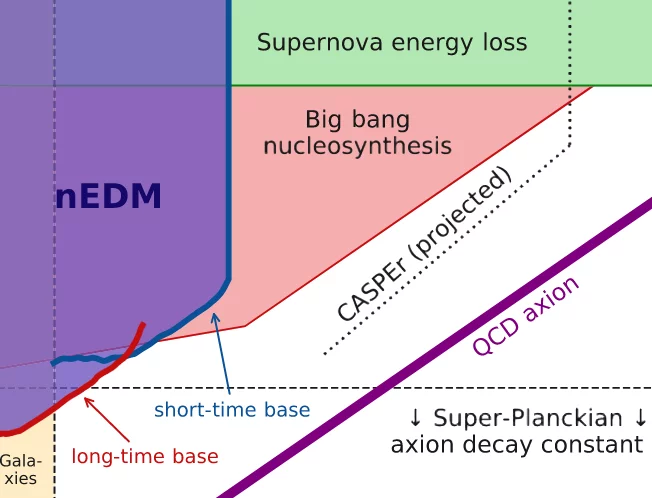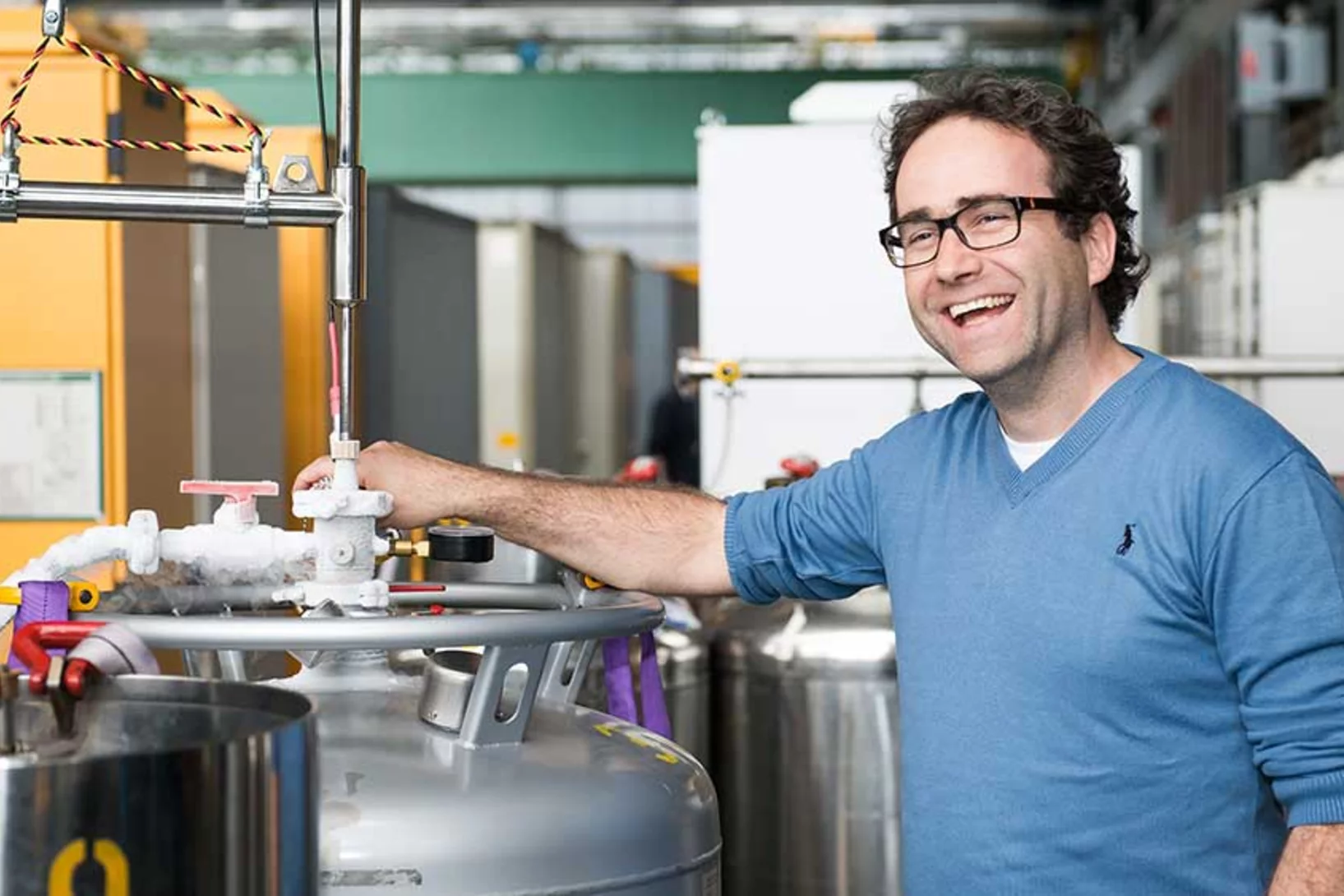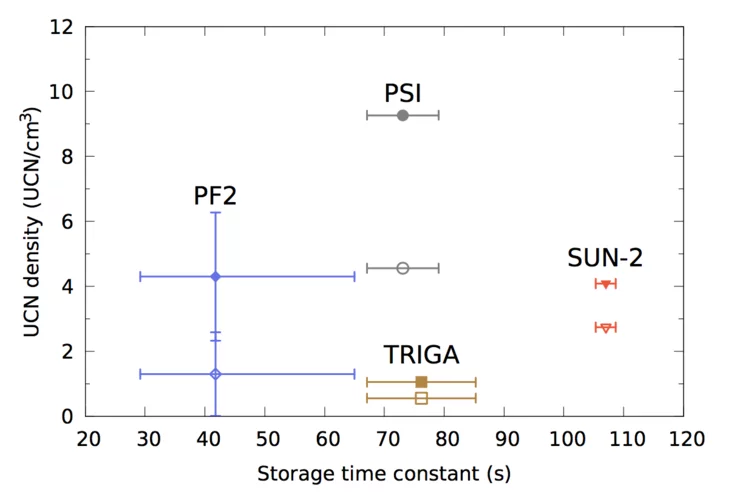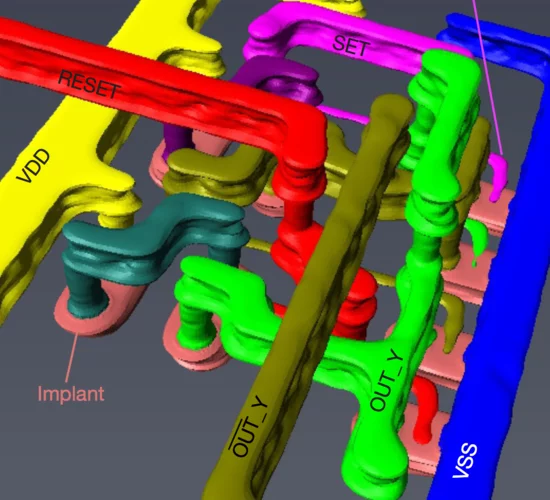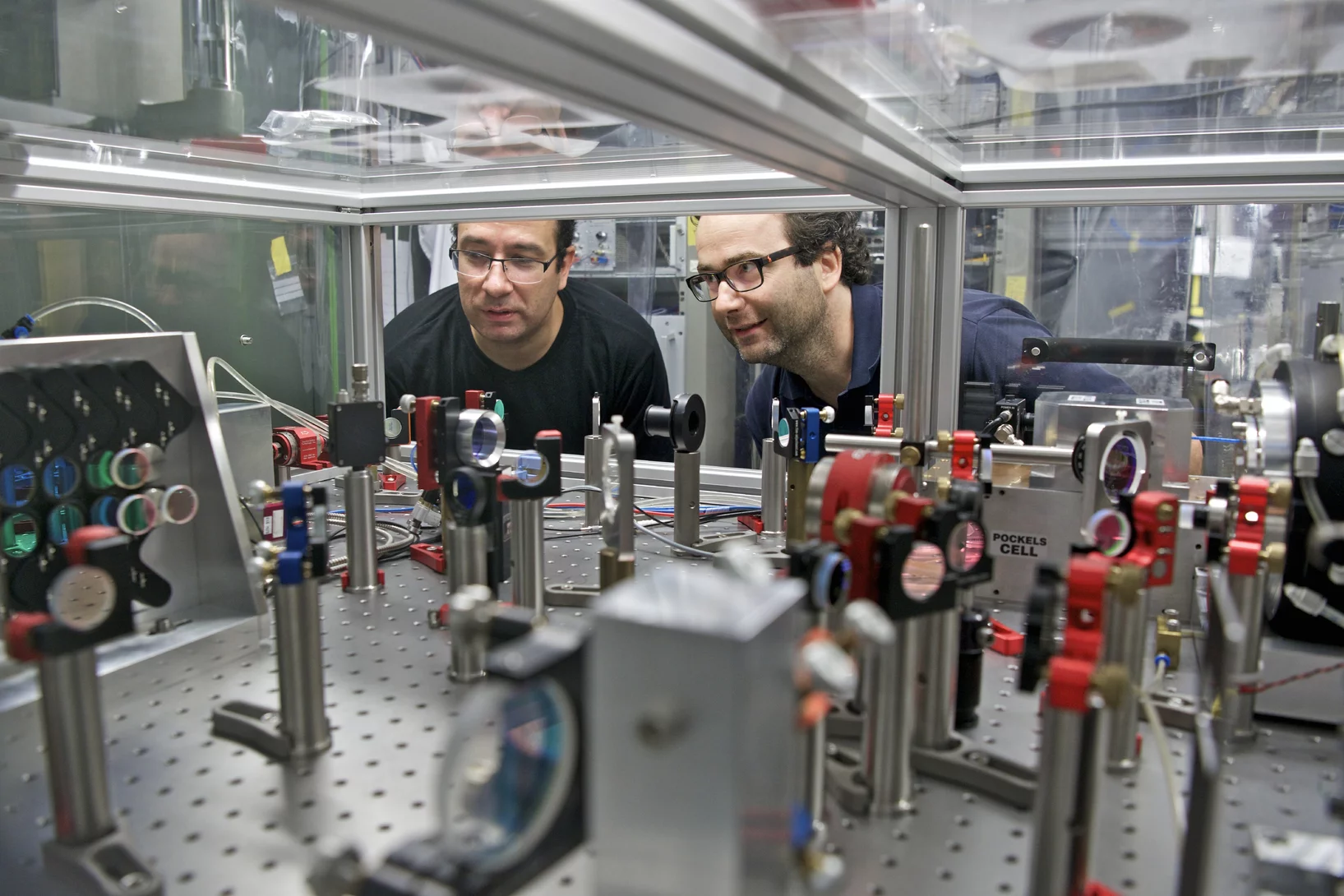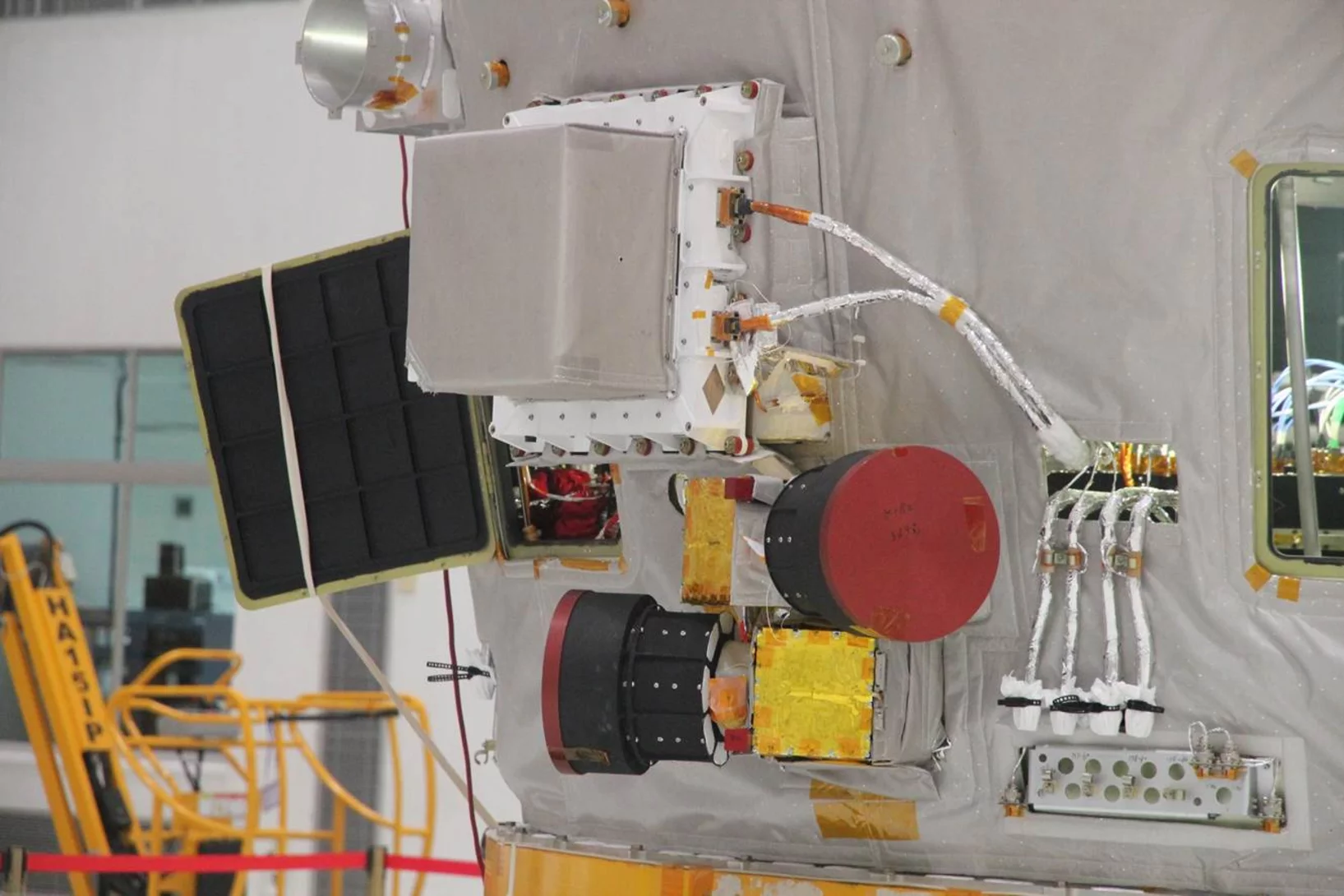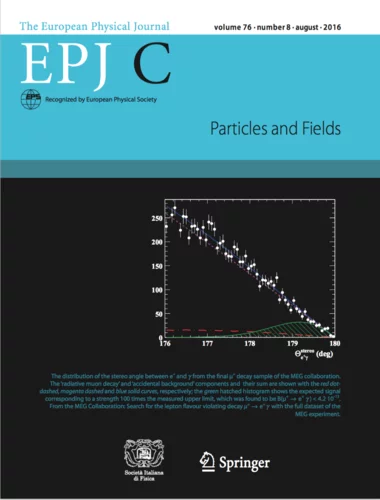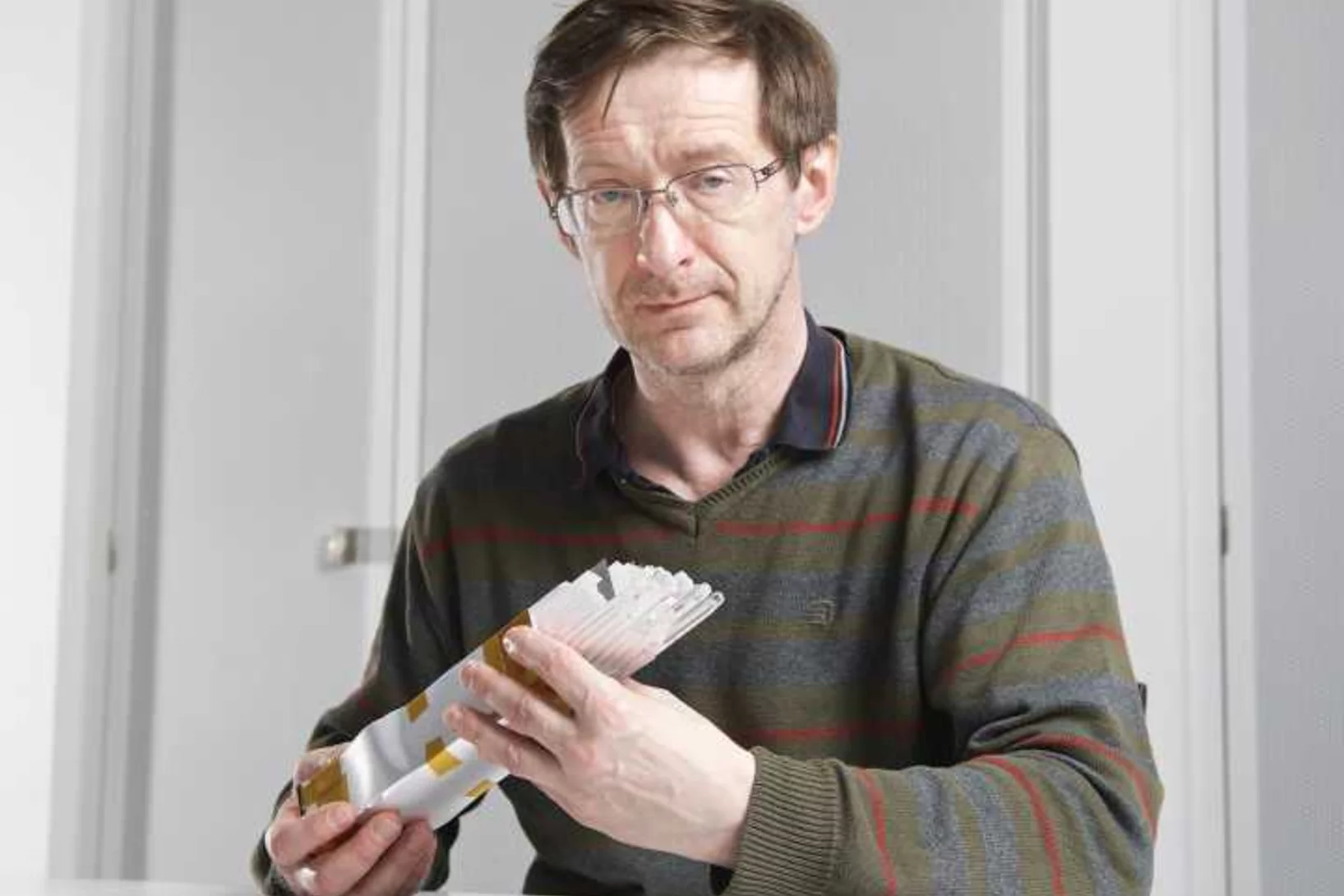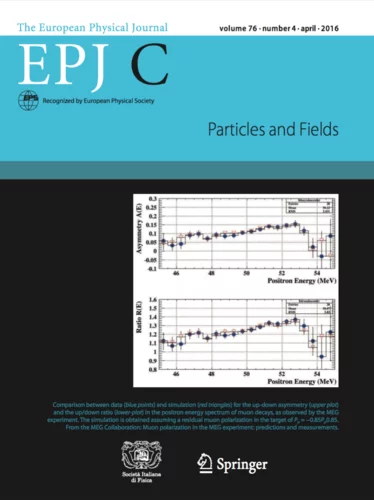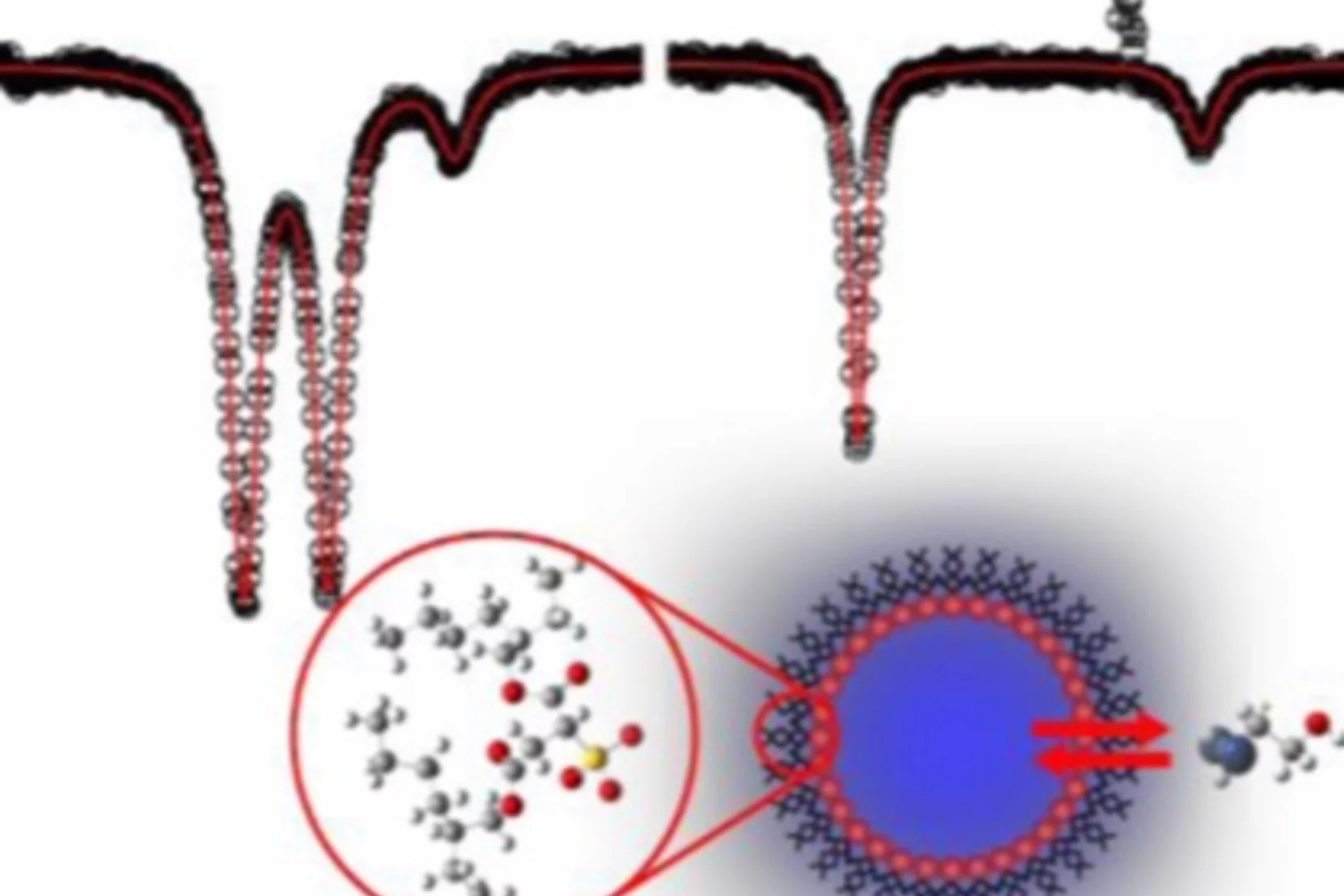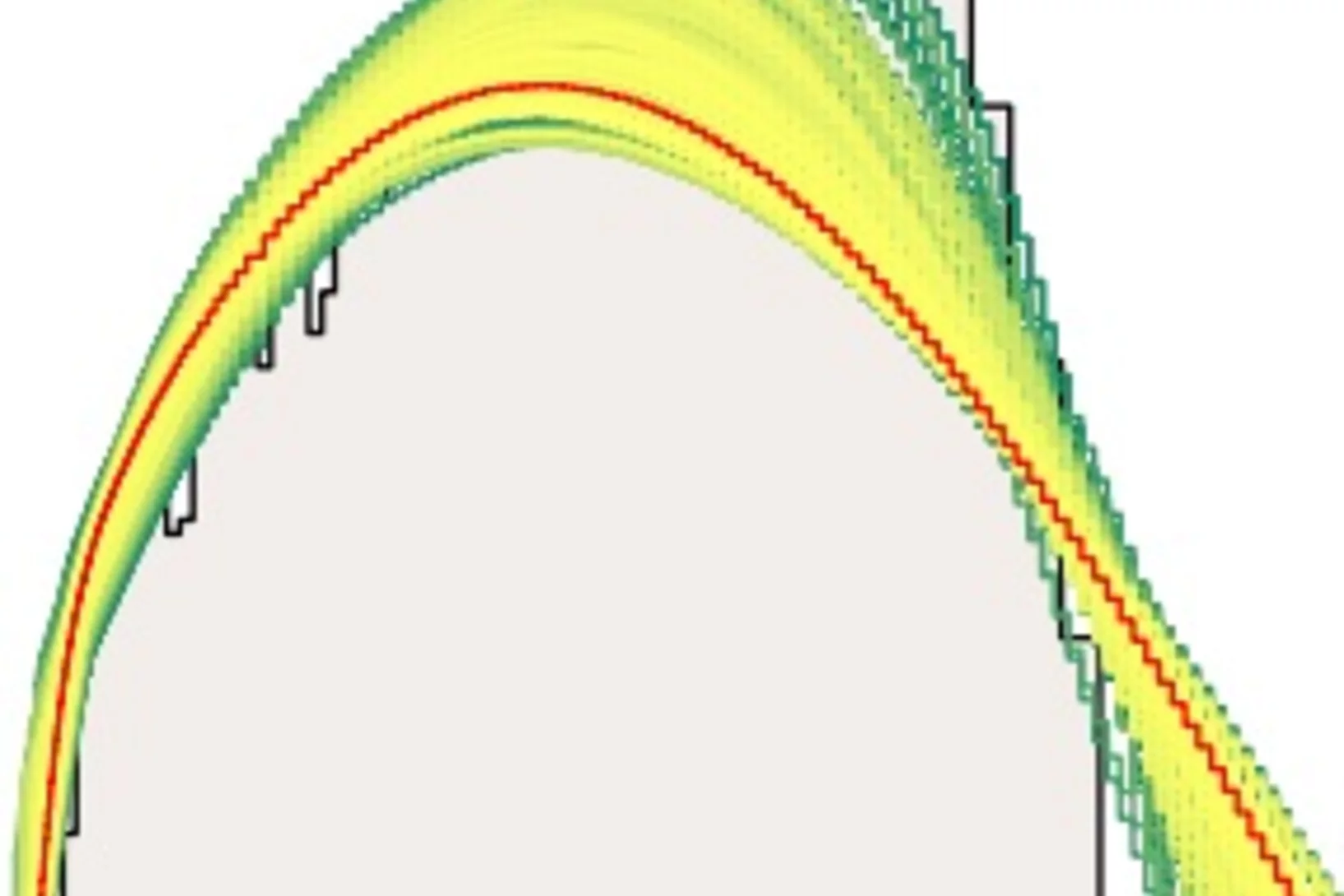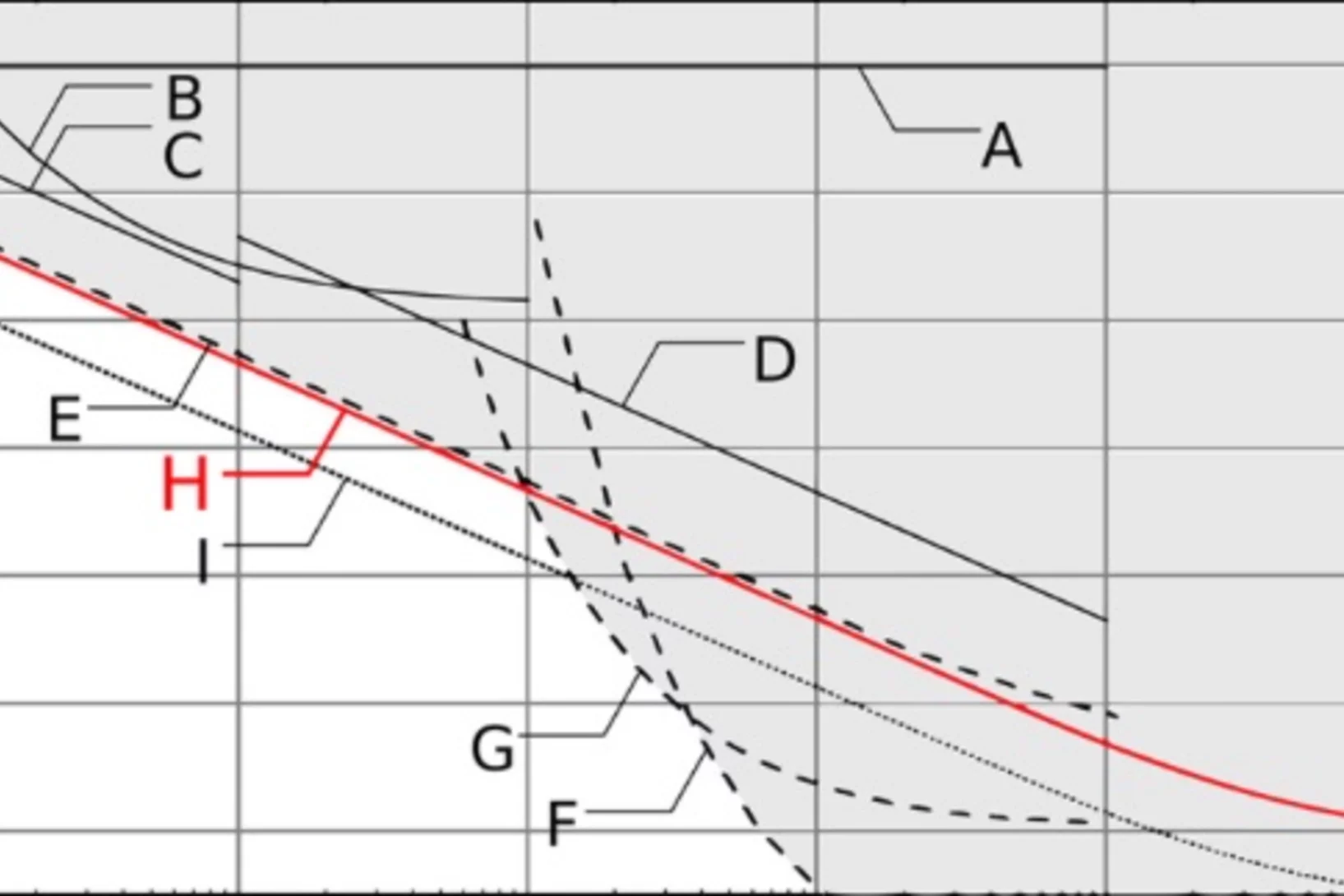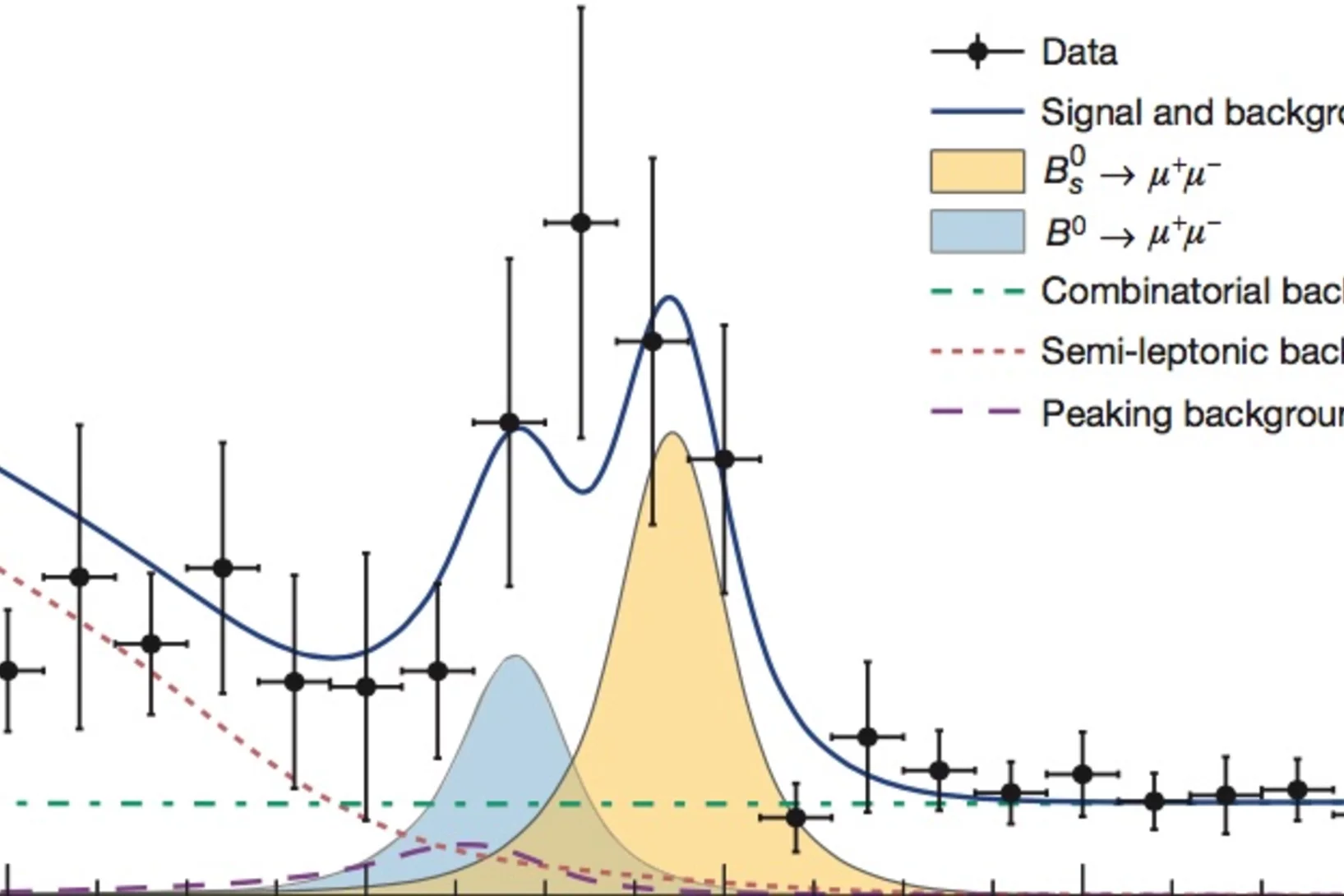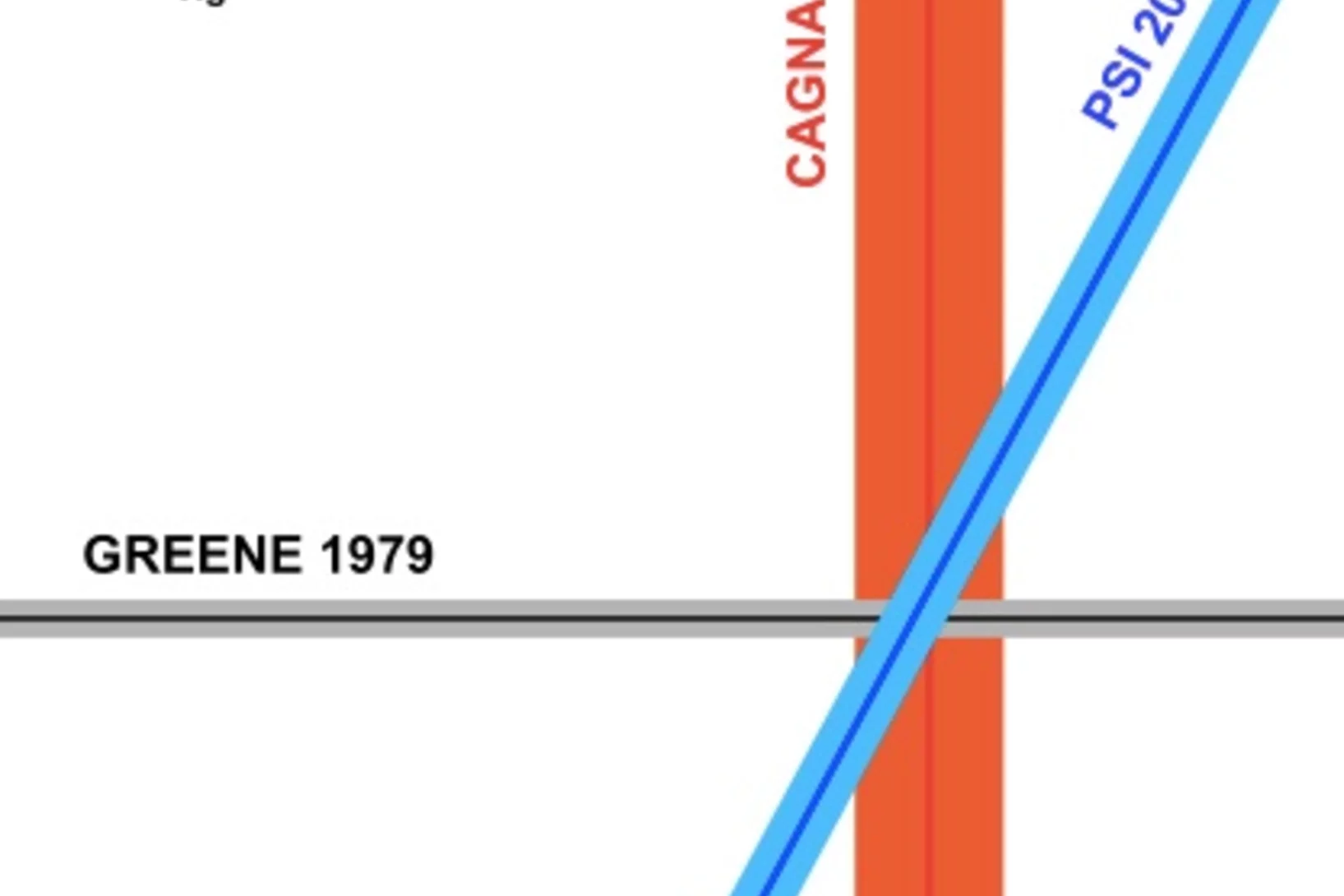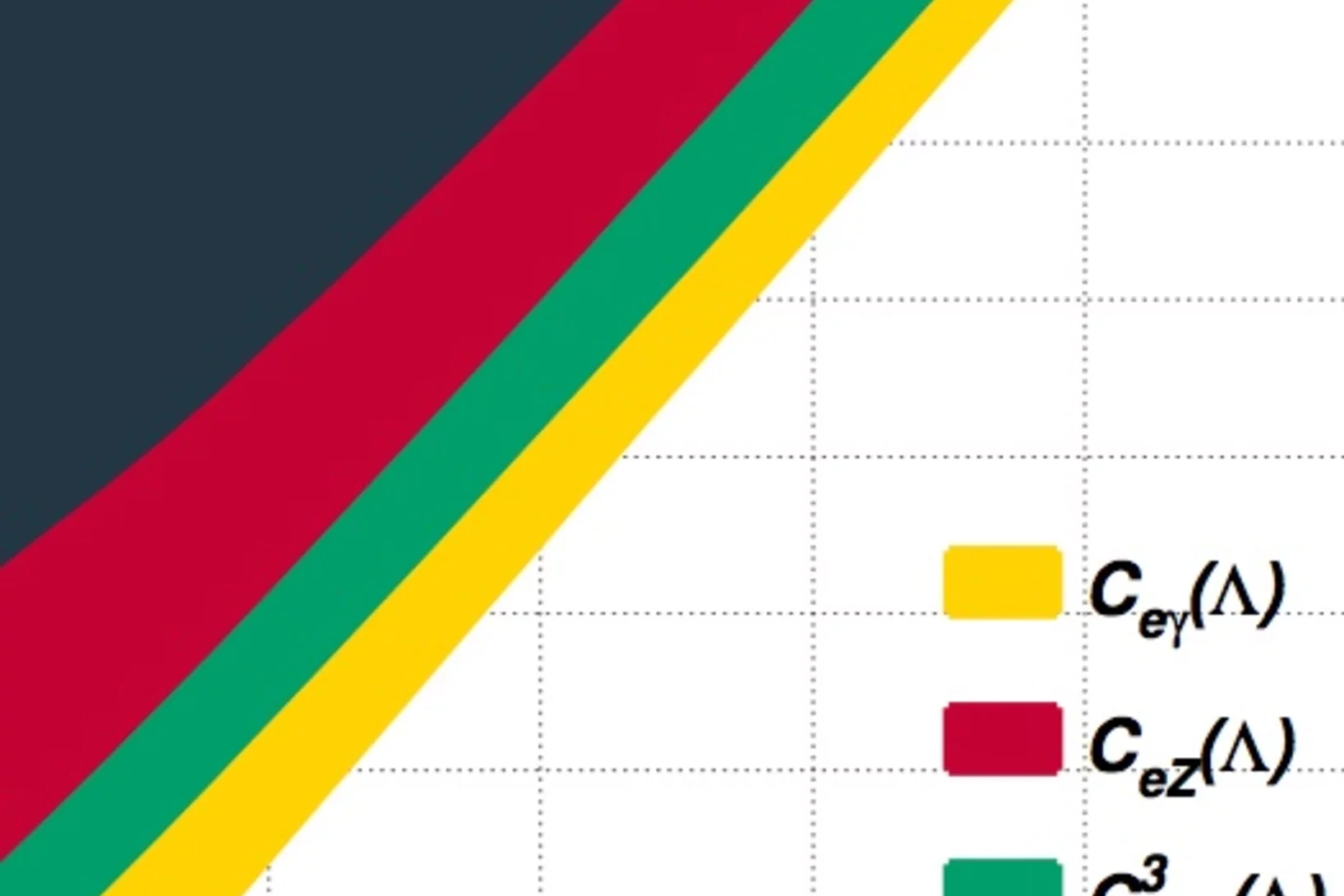Show filters
Detailed polarization measurements of the prompt emission of five gamma-ray bursts
Gamma-ray bursts (GRBs) are the strongest explosions in the Universe since the Big Bang. They are believed to be produced either in the formation of black holes at the end of massive star evolution or the merging of compact objects.
ERC Consolidator grant for Paolo Crivelli
Dr Paolo Crivelli (ETH Zurich, Department of Physics, Institute for Particle Physics and Astrophysics) has recently been awarded an ERC Consolidator grant for his project "Mu-MASS" aiming at a new precision measurement of the Muonium 1S-2S transition energy, ultimately with an improvement by three orders of magnitude.
Eccellenza Professorship to Lea Caminada
Dr Lea Caminada has been awarded a Swiss National Science Foundation (SNF) Eccellenza Professorial Fellowship.
Solid deuterium surface degradation at ultracold neutron sources
Solid deuterium (sD2) is used as an efficient converter to produce ultracold neutrons (UCN). Itis known that the sD2 must be sufficiently cold, of high purity and mostly in its ortho-state in order to guarantee long lifetimes of UCN in the solid from which they are extracted into vacuum.
Shang Gao receives SGN Young Scientist Prize
Dr. Shang Gao was awarded the Young Scientist Prize of the Swiss Neutron Scattering Society for his high quality thesis and neutron scattering investigation leading to the discovery of a spiral spin-liquid state in the compound MnSc2S4 and of fast monopole hopping rates in the spin-ice compounds CdEr2X4. The prize is sponsored by Swiss Neutronics and is awarded annualy to a young scientist in recognition of a notable scientific achievement in the form of a PhD thesis. The photo shows Shang together with the SGN president Prof. Henrik Ronnow during the prize ceremony.
Claire Donnelly dissertation and research awards
In August 2018, Claire Donnelly was awarded the SPS Award in Computational Physics, sponsored by COMSOL, and the Werner Meyer-Ilse Memorial Award. We congratulate her on these awards as well as for two awards earlier on in the year: the ETH Medal for an outstanding doctoral thesis and the American Physical Society Richard L. Greene Dissertation Award, recognizing doctoral thesis research of exceptional quality and importance. These prizes are for her dissertation on “Hard X-ray Tomography of Three Dimensional Magnetic Structures”.
CMS Young Researcher Prize awarded to Lea Caminada
Lea Caminada, a researcher in the High-Energy Particle Physics group of the Laboratory for Particle Physics (LTP) in NUM, has received the annual CMS Young Researcher Prize. This Prize is given once a year to outstanding young physicists who made very significant and sustained contributions to the CMS experiment at the LHC facility at CERN. Dr. Caminada has been recognized for her contribution to the construction, installation and commissioning of the two pixel detectors which were build at PSI for the CMS experiment. Her work also included the measurement of the B-meson production cross section and the observation of the Higgs boson in association with top quarks.
Observation of ttH Production
The observation of Higgs boson production in association with a top quark-antiquark pair is reported, based on a combined analysis of proton-proton collision data at center-of-mass energies of √s = 7,8, and 13 TeV, corresponding to integrated luminosities of up to 5.1, 19.7, and 35.9 fb-1, respectively. The data were collected with the CMS detector at the CERN LHC.
Searching for New Physics with b → sτ+τ-
In recent years, intriguing hints for the violation of lepton flavor universality (LFU) have been accumulated in semileptonic B decays, both in the charged-current transitions b → cl-ν-l (i.e., RD, RD∗, and RJ/Ψ and the neutral-current transitions b → sl+l- (i.e., RK and RK∗.
SNSF professorship awarded to Andreas Crivellin
The Swiss National Science Foundation (SNSF) awarded this year an SNSF professorship to Andreas Crivellin (NUM, Laboratory of Particle Physics (LTP), Theory Group) for his research plan on the study of Lepton Flavour Universality Violation (LFUV) in B meson decays. These processes received a lot of attention in the last years due to the intriguing hints for LFUV which, if confirmed, would prove the existence of physics beyond the Standard Model (SM) of particle physics.
The Charpak-Ritz Prize 2018 is awarded to Roland Paul Horisberger
The Charpak-Ritz Prize 2018, jointly awarded by the French Physical Society and the Swiss Physical Society, has been bestowed to Roland Paul Horisberger for his numerous contributions to the development of precision silicon vertex detectors for particle physics experiments as well as for the application of these technologies in X-ray photon sciences.
Jean-Baptiste Mosset winner of PSI Founder Fellowship
Jean-Baptiste Mosset from the Laboratory of Particle Physics is the winner of a PSI Founder Fellowship and plans now to commercialise a neutron detector to spot plutonium and uranium. With his new technology, less expensive and more efficient neutron detectors could be developed. In the next 18 months, Mosset wants to further develop his prototype and find out if demand for this technology exists in industry.
Search for Axionlike Dark Matter through Nuclear Spin Precession in Electric and Magnetic Fields
We report on a search for ultralow-mass axionlike dark matter by analyzing the ratio of the spin-precession frequencies of stored ultracold neutrons and 199Hg atoms for an axion-induced oscillating electric dipole moment of the neutron and an axion-wind spin-precession effect. No signal consistent with dark matter is observed for the axion mass range 10-24 ≤ ma ≤ 10-17eV.
Commissioning and first performance studies of the new CMS pixel detector
In the previous months the new CMS pixel detector was brought into operation. The detector was moved from PSI to CERN and installed in February, followed by an intensive period of commissioning and calibration. This process mostly involved the adjustment of many operational parameters which influence the detector performance, e.g.
The hard worker from Val Mesolcina
For Aldo Antognini, physics and conviviality are in the bloodPSI researcher Aldo Antognini has received more than 2.2 million Swiss francs from the EU for his latest experiment. He wants to find out how magnetism is distributed in the proton. The particle physicist will be able to apply not only his scientific and technical talents, but his social flair as well.
Comparison of ultracold neutron sources for fundamental physics measurements
Ultracold neutrons (UCNs) are key for precision studies of fundamental parameters of the neutron and in searches for new charge-parity-violating processes or exotic interactions beyond the Standard Model of particle physics. The most prominent example is the search for a permanent electric-dipole moment of the neutron (nEDM). We have performed an experimental comparison of the leading UCN sources currently operating.
High-resolution non-destructive three-dimensional imaging of integrated circuits
Modern nanoelectronics has advanced to a point at which it is impossible to image entire devices and their interconnections non- destructively because of their small feature sizes and the complex three-dimensional structures resulting from their integration on a chip. This metrology gap implies a lack of direct feedback between design and manufacturing processes, and hampers quality control during production, shipment and use.
Silicon pixel barrel detector successfully installed in the CMS experiment
Middle of February the upgraded CMS silicon pixel barrel detector has been moved from PSI to CERN and was successfully installed in the CMS experiment.
The deuteron too poses a mystery
The deuteron — one of the simplest atomic nuclei, consisting of just one proton and one neutron — is considerably smaller than previously thought. This finding was arrived at by an international research group that carried out experiments at the Paul Scherrer Institute, PSI. The new result is consistent with a 2010 study by the same group, in which the researchers measured the proton and found a significantly smaller value than previous research using different experimental methods.
POLAR experiment successfully launched on Chinese spacecraft
The second Chinese space laboratory satellite Tian Gong 2 was successfully launched from the Jiuquan Satellite Launch Center on September 15th, 2016 at 22:04 BTC (UTC+8h). Among more than ten instruments onboard it also brought to space the only non-Chinese experiment POLAR - the hard X-ray polarimeter.
Search for the lepton flavour violating decay μ+→e+γ with the full dataset of the MEG experiment
The final results of the search for the lepton flavour violating decay μ+→e+γ based on the full dataset collected by the MEG experiment at the Paul Scherrer Institut in the period 2009–2013 and totalling 7.5×1014 stopped muons on target are presented.
POLAR detector developed at the PSI flies into orbit with a Chinese space mission
Researchers working with Wojciech Hajdas at the Paul Scherrer Institute PSI have developed a detector called POLAR. This instrument is expected to search out and investigate so-called gamma ray bursts coming from the depths of the universe. Gamma ray bursts are eruptions of high-energy light that despite being extremely strong remain, up to now, only poorly understood.
Muon polarization in the MEG experiment: predictions and measurements
The MEG experiment makes use of one of the world’s most intense low energy muon beams, in order to search for the lepton flavour violating process μ+→e+γ . We determined the residual beam polarization at the thin stopping target, by measuring the asymmetry of the angular distribution of Michel decay positrons as a function of energy. The initial muon beam polarization at the production is predicted to be Pμ=−1Pμ=−1 by the Standard Model (SM) with massless neutrinos.
Rate of Molecular Transfer of Allyl Alcohol across an AOT Surfactant Layer Using Muon Spin Spectroscopy
The transfer rate of a probe molecule across the interfacial layer of a water-in-oil (w/o) microemulsion was investigated using a combination of transverse field muon spin rotation (TF-μSR), avoided level crossing muon spin resonance (ALC-μSR), and Monte Carlo simulations. Reverse micro-emulsions consist of nanometer-sized water droplets dispersed in an apolar solvent separated by a surfactant monolayer.
Observation of Gravitationally Induced Vertical Striation of Polarized Ultracold Neutrons by Spin-Echo Spectroscopy
We describe a spin-echo method for ultracold neutrons (UCNs) confined in a precession chamber and exposed to a |B0| = 1μT magnetic field. We have demonstrated that the analysis of UCN spin-echo resonance signals in combination with knowledge of the ambient magnetic field provides an excellent method by which to reconstruct the energy spectrum of a confined ensemble of neutrons.
Constraining interactions mediated by axion-like particles with ultracold neutrons
We report a new limit on a possible short range spin-dependent interaction from the precise measurement of the ratio of Larmor precession frequencies of stored ultracold neutrons and 199Hg atoms confined in the same volume. The measurement was performed in a ∼1μT vertical magnetic holding field with the apparatus searching for a permanent electric dipole moment of the neutron at the Paul Scherrer Institute.
Observation of the rare BS0 →μ+μ- decay from the combined analysis of CMS and LHCb data
The standard model of particle physics describes the fundamental particles and their interactions via the strong, electromagnetic and weak forces. It provides precise predictions for measurable quantities that can be tested experimentally. The probabilities, or branching fractions, of the strange B meson (BS0) and the B0 meson decaying into two oppositely charged muons (μ+ and μ-) are especially inter- esting because of their sensitivity to theories that extend the standard model. The standard model predicts that the BS0 →μ+μ- and B0 →μ+μ- decays are very rare, with about four of the former occurring for every billion Bs0 mesons produced, and one of the latter occurring for every ten billion B0 mesons.
A measurement of the neutron to 199Hg magnetic moment ratio
The neutron gyromagnetic ratio has been measured relative to that of the 199Hg atom with an uncertainty of 0.8 ppm. We employed an apparatus where ultracold neutrons and mercury atoms are stored in the same volume and report the result γn/γHg = 3.8424574(30).
The μ → eγ decay in a systematic effective field
We implement a systematic effective field theory approach to the benchmark process μ → eγ, performing automated one-loop computations including dimension 6 operators and studying their anomalous dimensions. We obtain limits on Wilson coefficients of a relevant subset of lepton-flavour violating operators that contribute to the branching ratio μ → eγ at one-loop.




